Best of brutalist Italian architecture chronicled in new book
Brutalist Italian architecture enthusiasts and concrete completists will be spoilt for choice by Roberto Conte and Stefano Perego’s pictorial tour

A new book on brutalist Italian architecture by the photographers Roberto Conte and Stefano Perego shines a light on Italy’s greatest (and most neglected) works in concrete building. Conte and Perego, whose previous monographs include Soviet Asia, spent five years assembling this portfolio of the country’s contribution to the brutalist architecture movement.
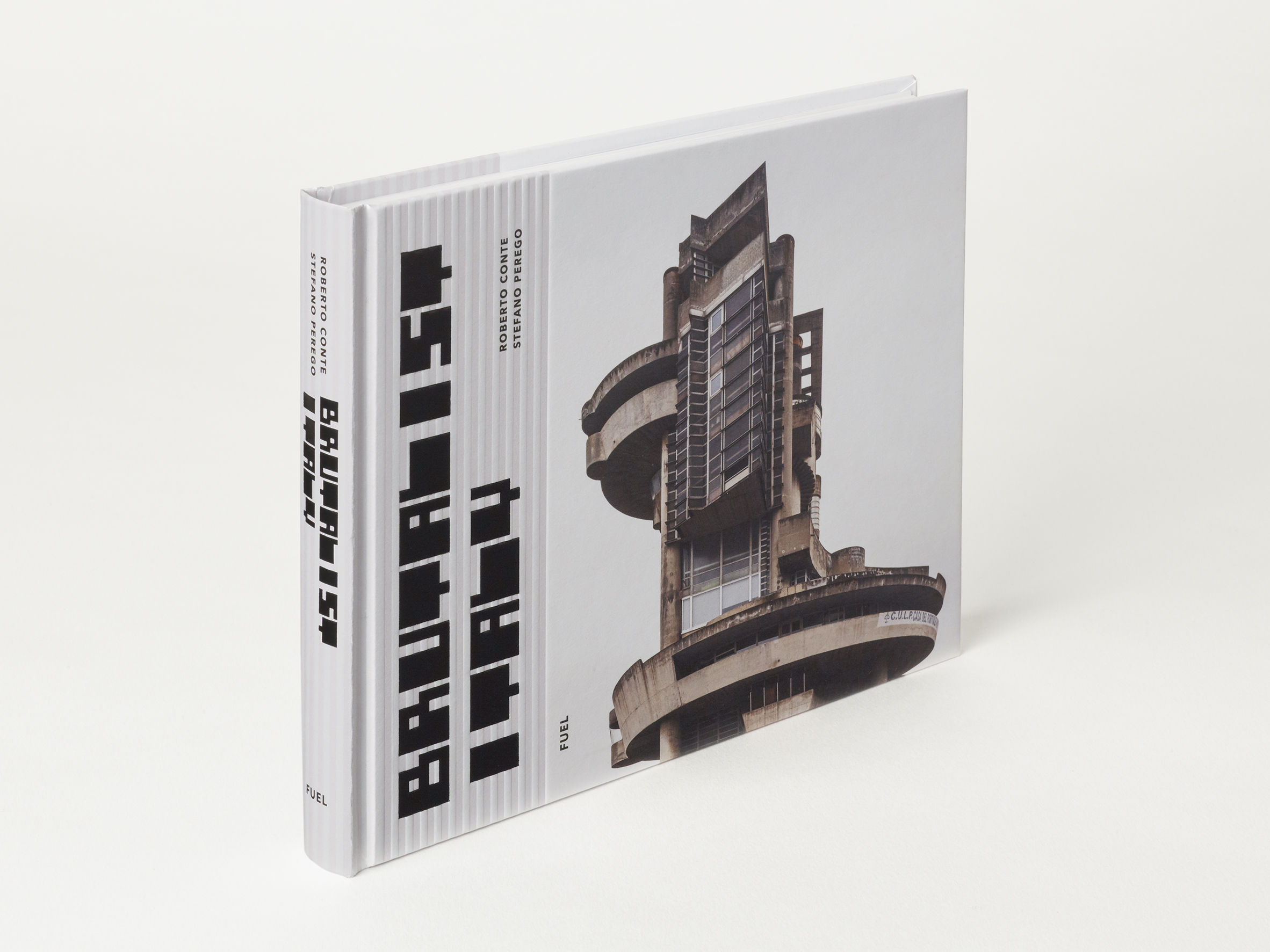
Brutalist Italy: Concrete architecture from the Alps to the Mediterranean Sea
A celebration of brutalist Italian architecture
Italian brutalism always had a rawer edge than its more rational, robust equivalents elsewhere. There’s something especially sculptural, almost wilfully ephemeral about projects like the spindly columns of Luigi Ciapparella’s cemetery extension in Busto Arsizio, 1971, or the museum dedicated to the sculptor Augusto Murer, designed by Giuseppe Davanzo in 1971, with its bright red roofs and extended steel frame.
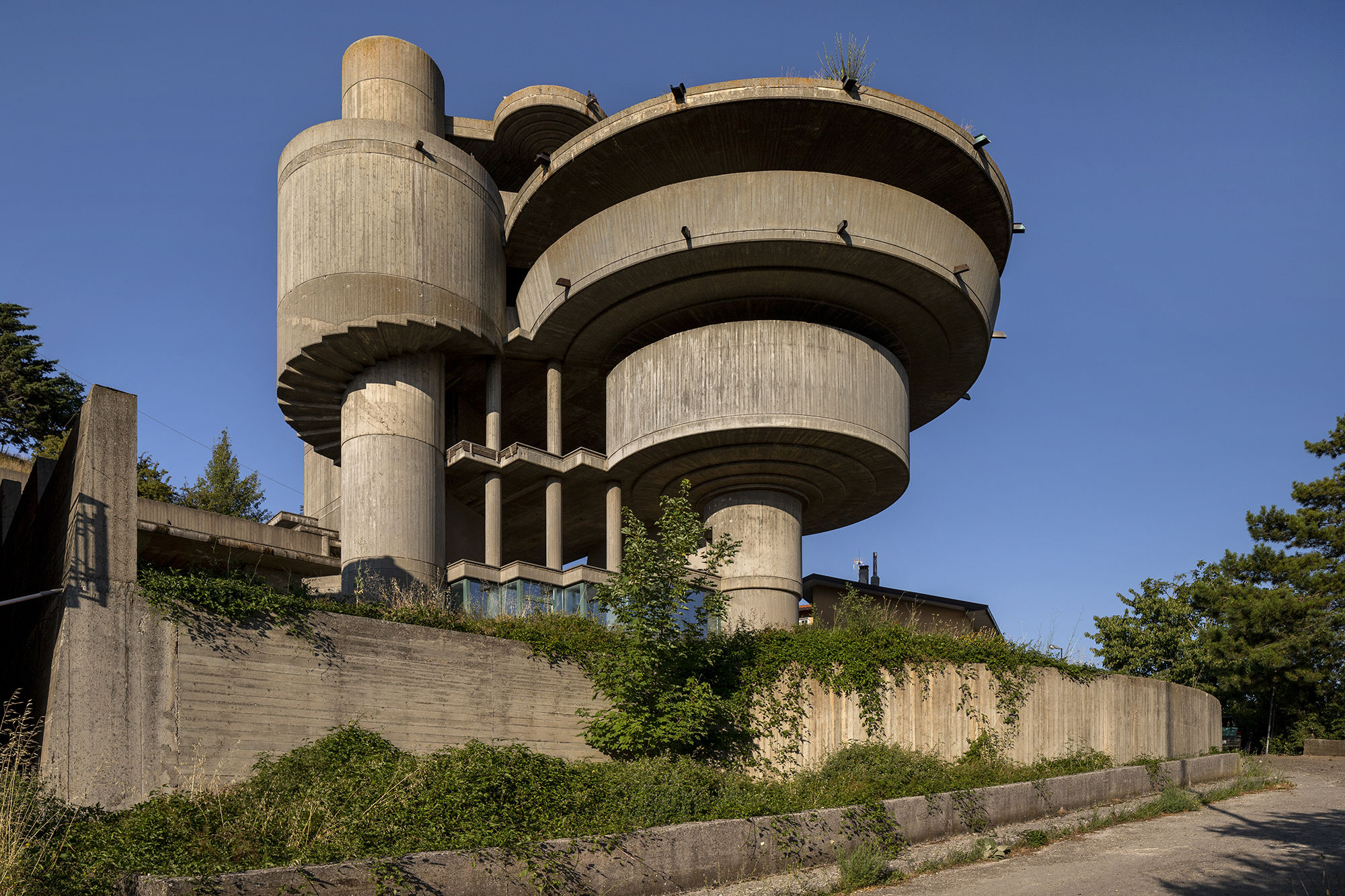
Unfinished residential building, Bisaccia, by Aldo Loris Rossi, 1981, built in 1990
In part, this was a reaction against the stripped classical austerity of fascism, but it was also a response to the Catholic church’s shifting priorities and new ways of worship that saw the reshaping of traditional church architecture. There are plenty of churches (and cemeteries) within, but the only thing they share is a desire to be different.
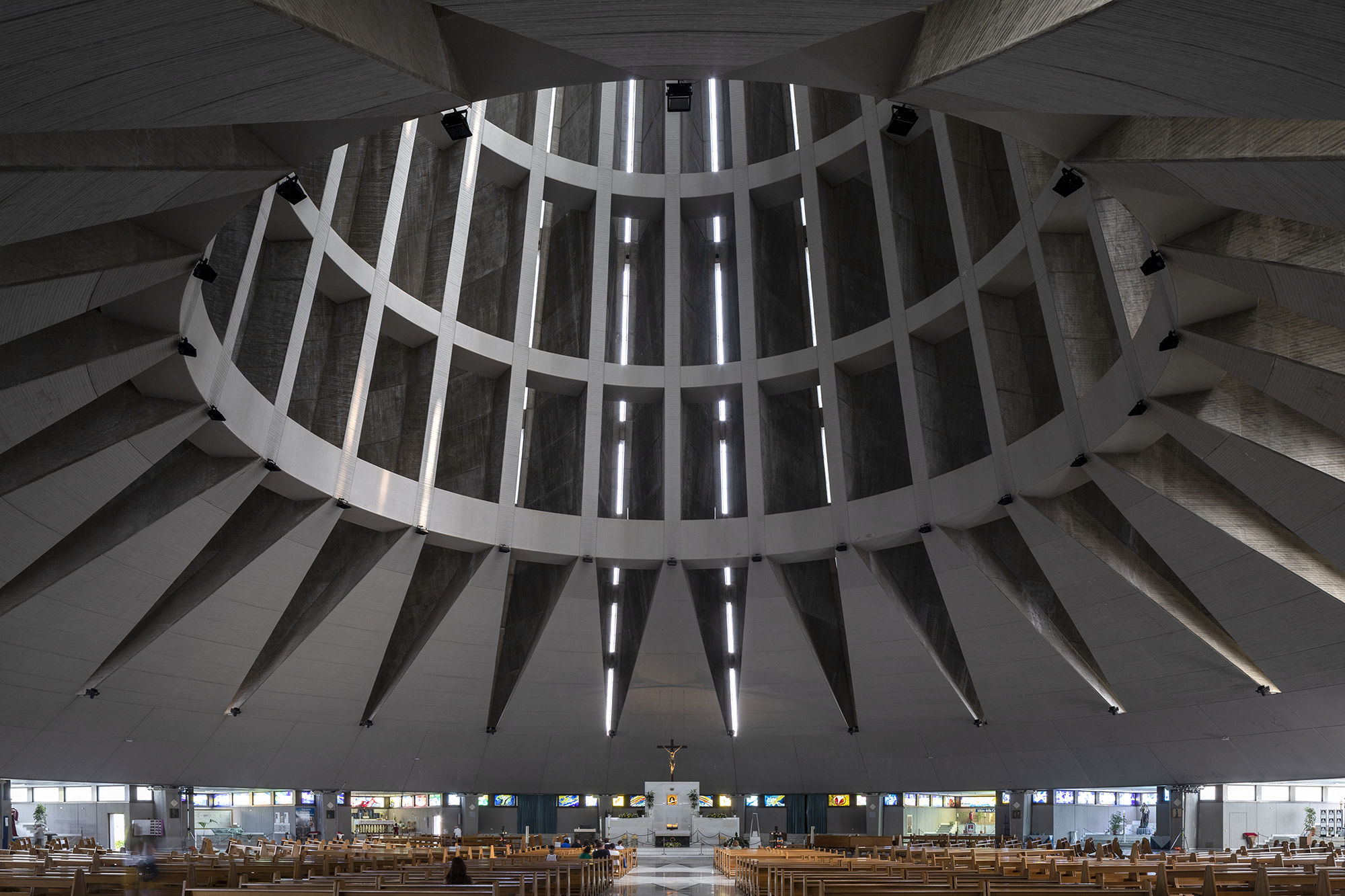
Our Lady of Tears Sanctuary, Syracuse, by Michel Andrault, Pierre Parat, 1966–94
In his introduction, the architectural historian Adrian Forte quotes the architect Luigi Figini, writing of his church of Madonna dei Poveri in Milan, as saying that ‘the defects of this building are many and great; but in truth, I do not know how I could have avoided them’. In Italy, brutalism wasn’t some rational expression of ultimate truth, merely another means of architectural expression, one that didn’t always work out.
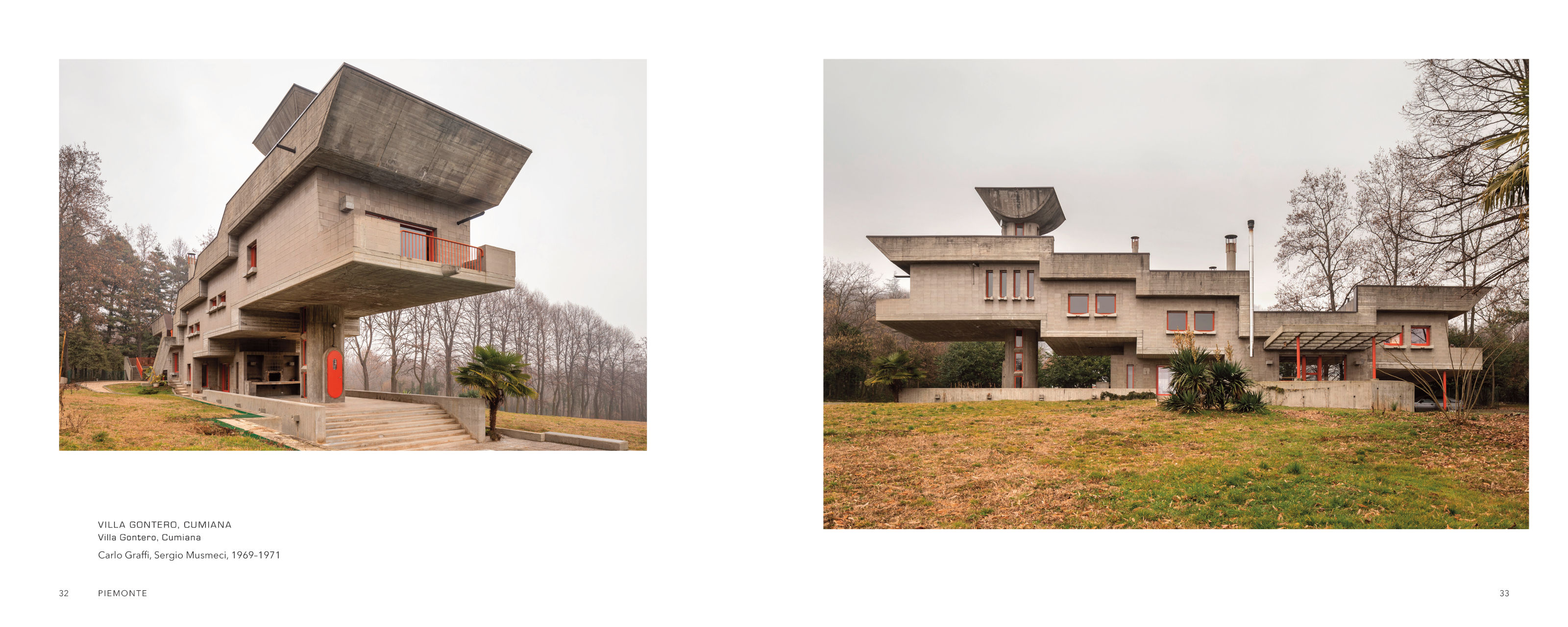
Villa Gontero, Cumiana, by Carlo Graffi , Sergio Musmeci, 1969–71
As well as the heroes of the era, there are also many ruins featured, whether unfinished or abandoned. Perhaps none are as spectacular and evocative as Giuseppe Perugini, Raynaldo Perugini, and Uga de Plaisant’s Tree House in Fregene, a graffitied, long-neglected husk that rivals Gillespie, Kidd & Coia’s St. Peter's Seminary in Cardross, Scotland, as one of the great romantic remnants of pure modernist invention.
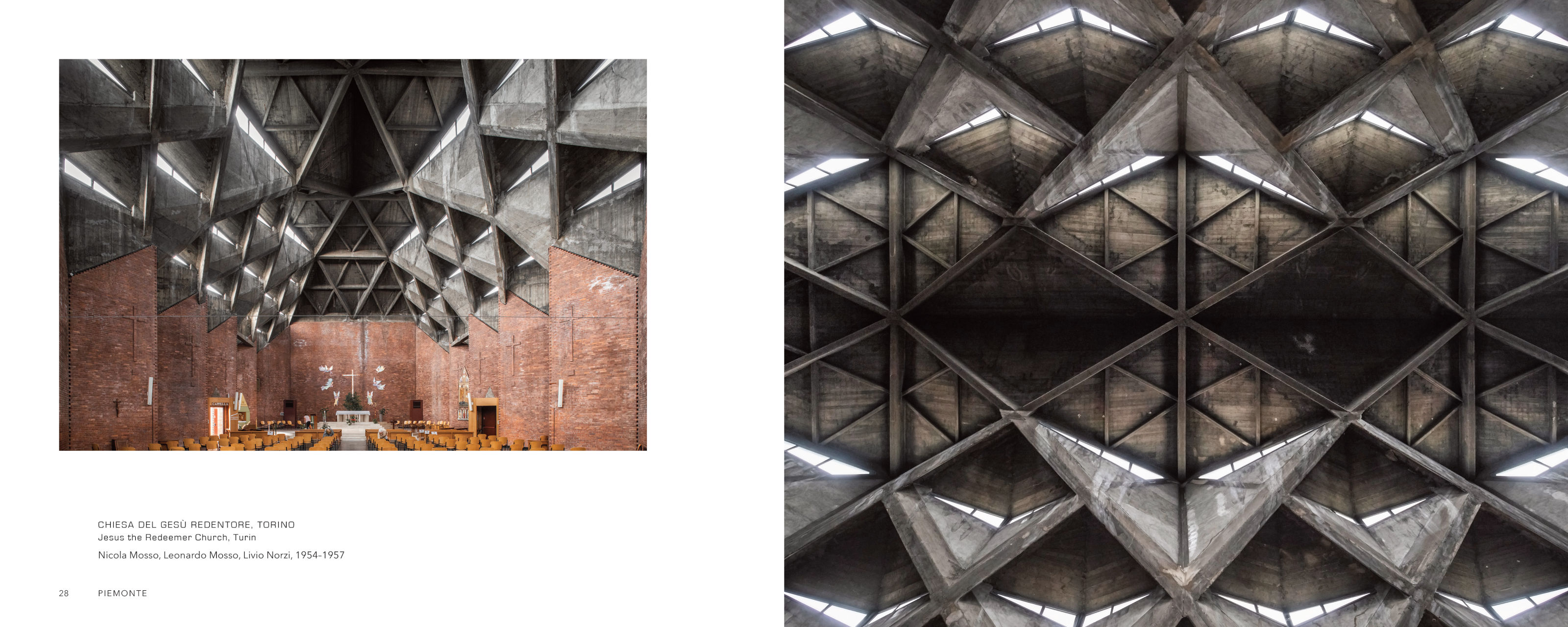
Jesus the Redeemer Church, Turin, by Nicola Mosso, Leonardo Mosso, Livio Norzi, 1954–7
Brutalist Italy contains such a cavalcade of concrete riches that it seems selfish to publish any more images here; you’ll have to buy the book to see the best ones.
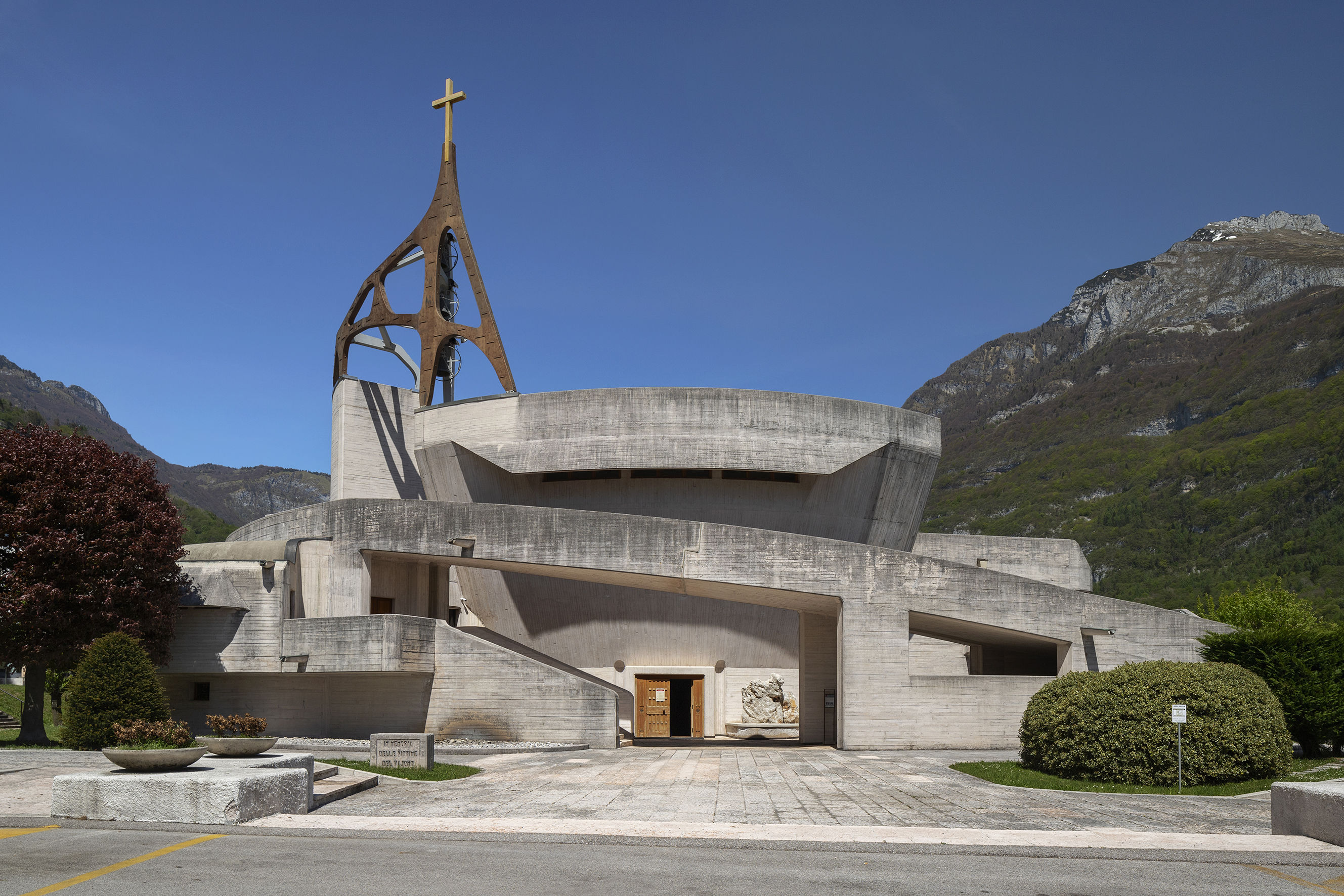
Saint Mary Immaculate Church, Longarone, by Giovanni Michelucci, 1966–82
Brutalist Italy: Concrete architecture from the Alps to the Mediterranean Sea, Roberto Conte and Stefano Perego, £26.95, FUEL Publishing
Receive our daily digest of inspiration, escapism and design stories from around the world direct to your inbox.
Fuel-Design.com
Also available from amazon.co.uk
Jonathan Bell has written for Wallpaper* magazine since 1999, covering everything from architecture and transport design to books, tech and graphic design. He is now the magazine’s Transport and Technology Editor. Jonathan has written and edited 15 books, including Concept Car Design, 21st Century House, and The New Modern House. He is also the host of Wallpaper’s first podcast.
-
 Europe’s auto industry regroups at the Brussels Motor Show: what’s new and notable for 2026
Europe’s auto industry regroups at the Brussels Motor Show: what’s new and notable for 20262026’s 102nd Brussels Motor Show played host to a number of new cars and concepts, catapulting this lesser-known expo into our sightlines
-
 Wallpaper* Best Use of Material 2026: Beit Bin Nouh, Saudi Arabia, by Shahira Fahmy
Wallpaper* Best Use of Material 2026: Beit Bin Nouh, Saudi Arabia, by Shahira FahmyBeit Bin Nouh by Shahira Fahmy is a captivating rebirth of a traditional mud brick home in AlUla, Saudi Arabia - which won it a place in our trio of Best Use of Material winners at the Wallpaper* Design Awards 2026
-
 Wallpaper* Design Awards: Boghossian’s gem wizardry dazzles in high jewellery
Wallpaper* Design Awards: Boghossian’s gem wizardry dazzles in high jewelleryBoghossian's unique mix of craftsmanship and modern design is behind the edgy elegance of its jewellery – a worthy Wallpaper* Design Awards 2026 winner
-
 In addition to brutalist buildings, Alison Smithson designed some of the most creative Christmas cards we've seen
In addition to brutalist buildings, Alison Smithson designed some of the most creative Christmas cards we've seenThe architect’s collection of season’s greetings is on show at the Roca London Gallery, just in time for the holidays
-
 Modernist Palazzo Mondadori’s workspace gets a playful Carlo Ratti refresh
Modernist Palazzo Mondadori’s workspace gets a playful Carlo Ratti refreshArchitect Carlo Ratti reimagines the offices in Palazzo Mondadori, the seminal work by Brazilian master Oscar Niemeyer in Milan
-
 Wang Shu and Lu Wenyu to curate the 2027 Venice Architecture Biennale
Wang Shu and Lu Wenyu to curate the 2027 Venice Architecture BiennaleChinese architects Wang Shu and Lu Wenyu have been revealed as the curators of the 2027 Venice Architecture Biennale
-
 At the Holcim Foundation Forum and its Grand Prizes, sustainability is both urgent and hopeful
At the Holcim Foundation Forum and its Grand Prizes, sustainability is both urgent and hopefulThe Holcim Foundation Forum just took place in Venice, culminating in the announcement of the organisation's Grand Prizes, the projects especially honoured among 20 previously announced winning designs
-
 Carlo Ratti reflects on his bold Venice Architecture Biennale as it closes this weekend
Carlo Ratti reflects on his bold Venice Architecture Biennale as it closes this weekendThe Venice Architecture Biennale opens with excitement and fanfare every two years; as the 2025 edition draws to a close, we take stock with its curator Carlo Ratti and ask him, what next?
-
 Richard Seifert's London: 'Urban, modern and bombastically brutalist'
Richard Seifert's London: 'Urban, modern and bombastically brutalist'London is full of Richard Seifert buildings, sprinkled with the 20th-century architect's magic and uncompromising style; here, we explore his prolific and, at times, controversial career
-
 The Architecture Edit: Wallpaper’s houses of the month
The Architecture Edit: Wallpaper’s houses of the monthFrom Malibu beach pads to cosy cabins blanketed in snow, Wallpaper* has featured some incredible homes this month. We profile our favourites below
-
 A neo-brutalist villa for an extended family elevates a Geneva suburb
A neo-brutalist villa for an extended family elevates a Geneva suburbLacroix Chessex Architectes pair cost-conscious concrete construction with rigorous details and spatial playfulness in this new villa near Geneva